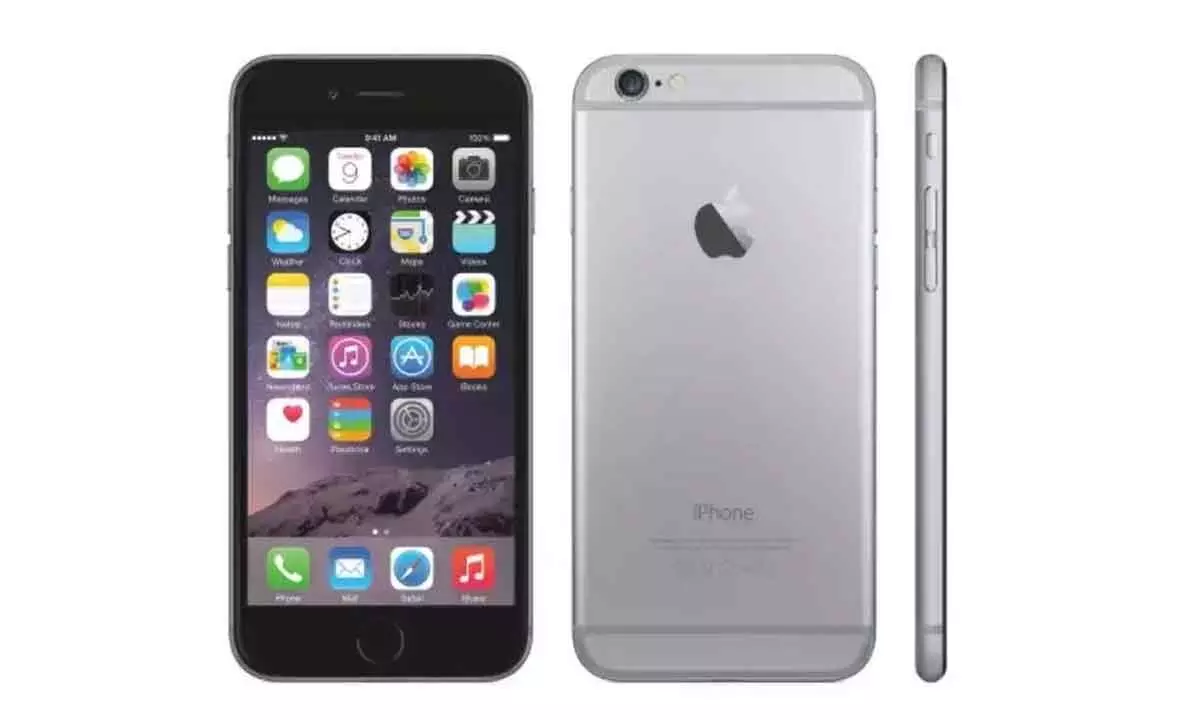Live
- TS Ed CET 2024 registrations extended
- MyVoice: Views of our readers 8th May 2024
- Venus is losing water faster than previously thought
- Lack of education, misconceptions on asthma hindering treatment
- CPM candidate promises to become voice of Mangalagiri people
- Why not a white paper for time-bound end to reservation
- Andhra Pradesh: Holiday for High Court on May 13
- Cadre wary of BJP pick’s ability to take on incumbent
- IPL 2024: Fraser-McGurk, Porel fifties; Stubbs’ 41 propel DC to 221/8 against RR
- U20 men’s football nationals: Kerala beat Haryana to enter quarters; A.P. draw with Gujarat









